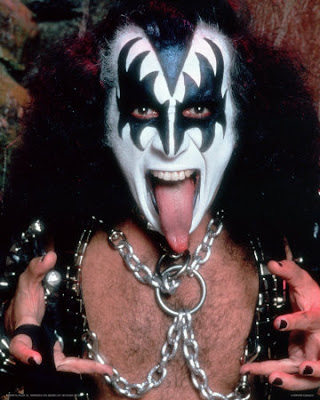 Someone you know is probably dealing with autism in their family. Recent reports indicate 1 out of 88 children are being diagnosed on the autistic spectrum, as autism has reached epidemic levels. What can you do about this? You can drink some beer.
Someone you know is probably dealing with autism in their family. Recent reports indicate 1 out of 88 children are being diagnosed on the autistic spectrum, as autism has reached epidemic levels. What can you do about this? You can drink some beer.Specifically, beer at the Pyramid Brewery New Release Tasting this April 7th, the latest fundraiser held by Ales for Autism. Pyramid Brewing is expanding their line-up in a big way, and for just $20, you can sample their new beers and reoccurring seasonals, along with food pairings. All proceeds go towards Ales for Autism and their mission to support families struggling to raise an autistic child.
It's being held at Pyramid Brewhouse, located at 901 Gilman Street in
Berkeley, CA. You can buy tickets here and check out the intriguing line-up below:
New Beers
•Wit: A light white beer of Belgian origin brewed with chamomile, coriander, curacao (bitter orange peel) and sweet orange peel.
ABV: 5.1% IBU: 13 To be paired with: Portuguese Churrasco Chicken
•Dunkel: A Pyramid twist on the German Dunkel Weisse.
ABV: 5.6% IBU: 24 To be paired with: Bourbon Vanilla Walnut Cake
•Wheaten IPA: A boldly hopped IPA designed to provide a pleasant citrus and aromatic hop experience.
ABV: 6.5% IBU: 66 To be paired with: Citrus Peel Creme Brulee
•Pale Ale: Stylistically more in line with a traditional English pale, the sweet and malty flavor compliments its floral hop aromas.
ABV: 5.4% IBU: 38 To be paired with: Chipotle Corn Focaccia Grilled Cheese
Returning Seasonals
•Uproar Imperial Red Ale: A complex, ruby-hued ale. Punctuated with notes of citrus and herbs, Uproar has a velvet texture with pleasing hints of roasty chocolate.
ABV: 7.3% IBU: 60 To be paired with: Smoked Salmon & Brown Rice Arancini
•Curve Ball Blonde Ale: A deliciously drinkable golden summer seasonal.
ABV: 5% IBU: 18 To be paired with: Tomato Bacon Panzanella
•Full Bloom, MacTarnahan’s: A notably Northwest spin on a Bohemian Pilsner with a refreshing hop aroma and a gloriously smooth bite.
ABV: 6.3% IBU: 40
•Grifter IPA, MacTarnahan’s: A criminally delicious surprise that’ll steal your allegiance and con your thirst into leavin’ town.
ABV: 6.2% IBU: 54
I got my tickets, and will see you there!





 For this month's
For this month's 